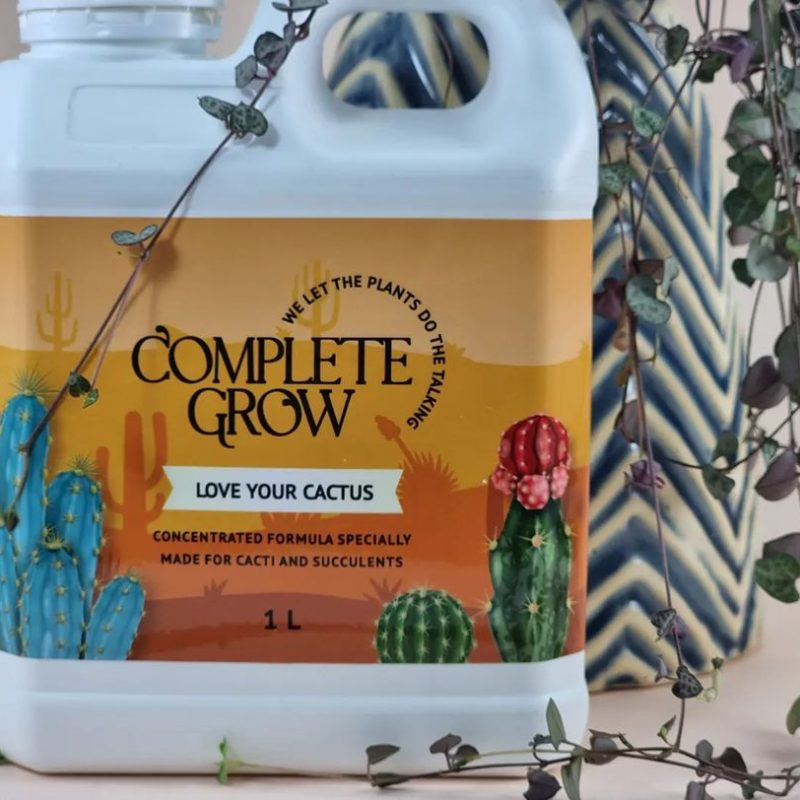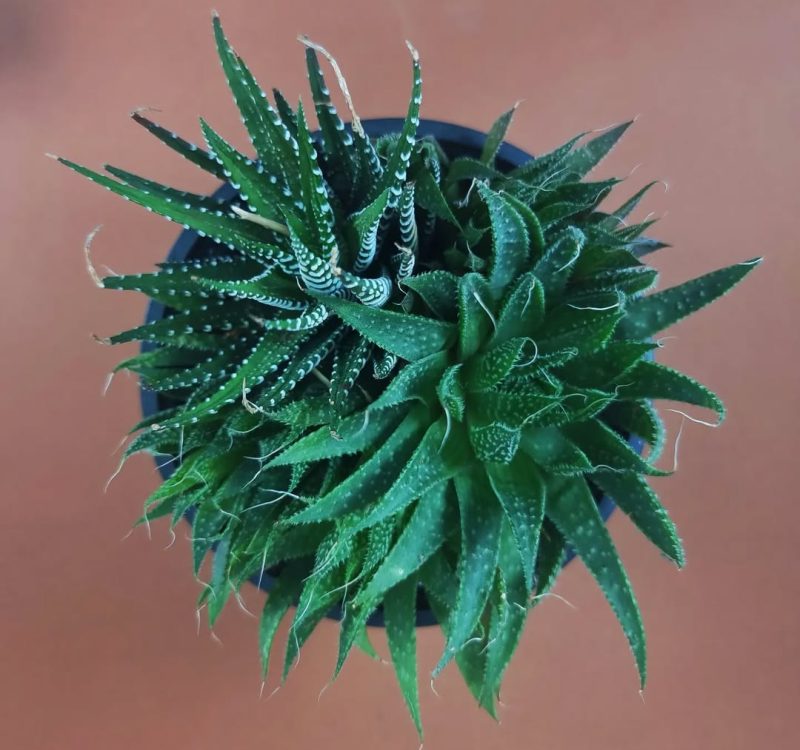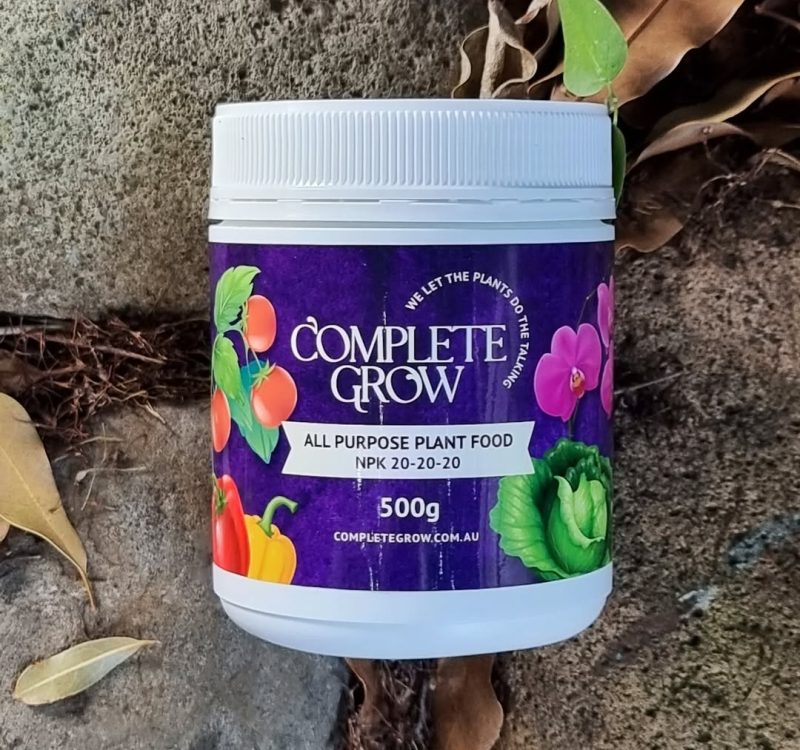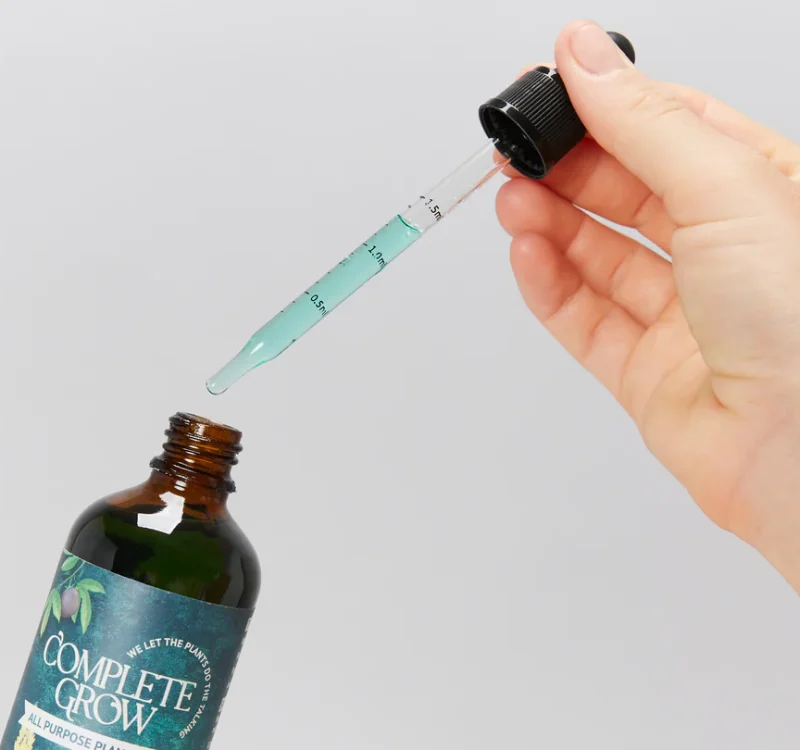Mammillaria
Transform Your Garden into a Personal Paradise!
Best Fertiliser for Mammillaria Cactus: A Complete Guide for Healthy Growth in Australia
Mammillaria is one of the most diverse and beloved cactus genera, with over 200 species ranging from small globular clumps to sprawling, low-growing forms. Commonly grown varieties in Australia include Mammillaria elongata (also known as the Gold Lace Cactus), Mammillaria bocasana, and Mammillaria spinosissima. These cacti are native to Mexico and the southwestern U.S., making them highly drought-tolerant and perfect for warm Australian gardens or sunlit windowsills.
Mammillaria cacti are ideal for small containers, rock gardens, or grouped displays. In Australia, they thrive in arid to subtropical regions — but care must be taken in high rainfall zones to prevent root rot. For indoor growers, filtered sunlight near an east or north-facing window is ideal. Outdoors, position them in full to partial sun with protection from heavy rain.
Soil is crucial for success. Mammillaria demand a sharply draining mix, such as cactus and succulent potting mix amended with coarse sand, pumice, or perlite. Never use regular garden soil in pots. A gritty, lean soil prevents rot and mimics the rocky environments they evolved in.
Watering is best done sparingly. Allow soil to dry out completely between waterings. In warmer months, water every 2–3 weeks for outdoor plants, or every 3–4 weeks indoors depending on humidity. During winter dormancy (June–August), withhold water entirely unless the plant is indoors and actively growing. Mammillaria are slow growers but can live for decades when cared for properly, often producing adorable pink or yellow ring-like flowers during spring and summer.
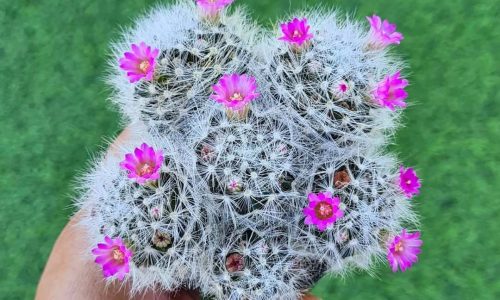
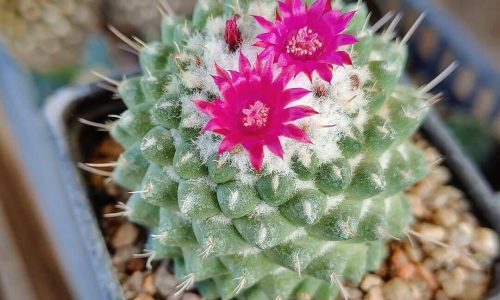
Feeding Mammillaria – Best Fertiliser & When to Use It
Though often thought of as low-maintenance, Mammillaria cacti still benefit from regular feeding, especially when grown in containers. In their natural habitat, they rely on mineral-rich soils and slow nutrient absorption. In pots or cultivated beds, nutrients can become depleted quickly — leading to pale colour, slow growth, or limited flowering.
The best fertiliser for Mammillaria is a low-nitrogen, high-potassium liquid feed, ideally with an NPK ratio around 2-7-7. This encourages strong root growth, compact form, and prolific blooming without promoting excessive, leggy growth. Avoid high-nitrogen formulas, which can distort cactus structure and increase disease risk.
Indoor or potted Mammillaria: Use a liquid fertiliser every 3–4 weeks from September through May. Mix it at one-quarter strength unless otherwise specified, and apply to moist soil to avoid root burn.
Outdoor Mammillaria: For in-ground plants or rock garden displays, feed with a half-strength liquid cactus fertiliser 2–3 times during the active season (spring and late summer). Avoid fertilising in winter or during very hot, dry spells.
Seasonal Feeding Calendar:
- Spring (Sept–Nov): Begin light feeding as new growth appears. This is also when flower buds may develop.
- Summer (Dec–Feb): Feed monthly for best results, especially if growing in small pots or low-nutrient media.
- Autumn (Mar–May): Reduce feeding to one final dose to help the plant store nutrients before dormancy.
- Winter (Jun–Aug): Do not fertilise unless your cactus is kept indoors in a warm, well-lit spot where it continues to grow.
Consistent but conservative feeding helps Mammillaria stay firm, green, and flower-ready while reducing the risk of overgrowth or rot.
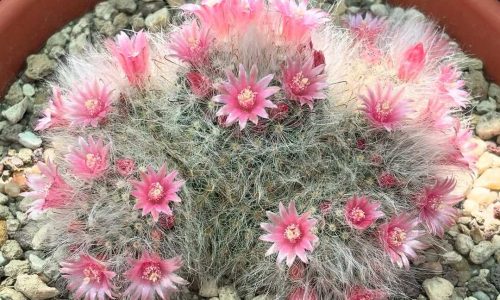
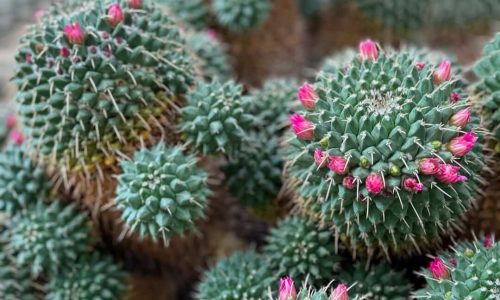
Common Mammillaria Issues & How Fertilising Can Help
Mammillaria are generally hardy and pest-resistant, but they do show signs of stress when overwatered, underfed, or kept in unsuitable conditions. Fertiliser can help prevent some issues, but only if other care needs like light and drainage are also met.
Yellowing or pale spines: Often due to potassium or magnesium deficiency, particularly in older plants. Use a cactus-specific fertiliser that includes trace elements like magnesium, iron, and calcium.
Wrinkled, shrinking stems: A sign of underwatering or nutrient exhaustion, especially in older pots with depleted soil. Resume feeding in spring and ensure thorough watering during active periods.
Rot or black spots: Usually a result of overwatering or poor air circulation. While fertiliser won’t cure rot, a balanced nutrient routine supports root recovery and resilience. Ensure fast-draining media and reduce watering frequency.
Slow or no flowering: Mammillaria typically flower in spring or early summer when well-fed. If your plant hasn’t flowered in a year or more, it likely needs more potassium and sunlight. Switch to a bloom-boosting cactus fertiliser and monitor daylight hours.
Propagation tips: Mammillaria produce offsets (pups) that can be gently separated and rooted. Feed both parent and pup with diluted fertiliser during spring to encourage faster development.
Recommended Product: For healthy growth and vibrant flowering in pots, use Complete Grow’s Cactus Succulent Plant Food Fertiliser Concentrate (2-7-7). It’s ideal for Mammillaria and other small desert cacti, delivering targeted nutrients without risk of overfeeding. Apply every 3–4 weeks in active seasons.
Frequently Asked Questions
- How often should I water Mammillaria?
Only when the soil is completely dry. Water deeply every 3–4 weeks during spring and summer; reduce or stop in winter. - Can I grow Mammillaria indoors?
Yes, they grow well on bright windowsills. Just ensure excellent drainage and avoid humidity buildup. - How do I propagate Mammillaria?
Separate pups from the base with a sterile blade in spring. Let them dry for a few days before planting in gritty soil. - Do Mammillaria need fertiliser?
Yes, they benefit from light feeding during their growth season to improve flowering and maintain vibrant colour.
Recommended Products
- Quick View
- Select options This product has multiple variants. The options may be chosen on the product page


